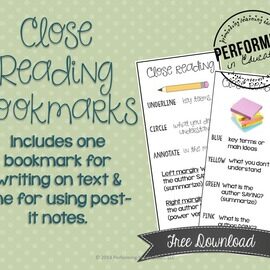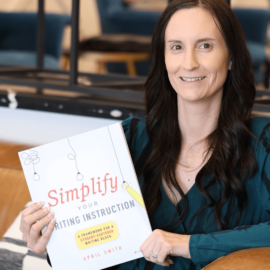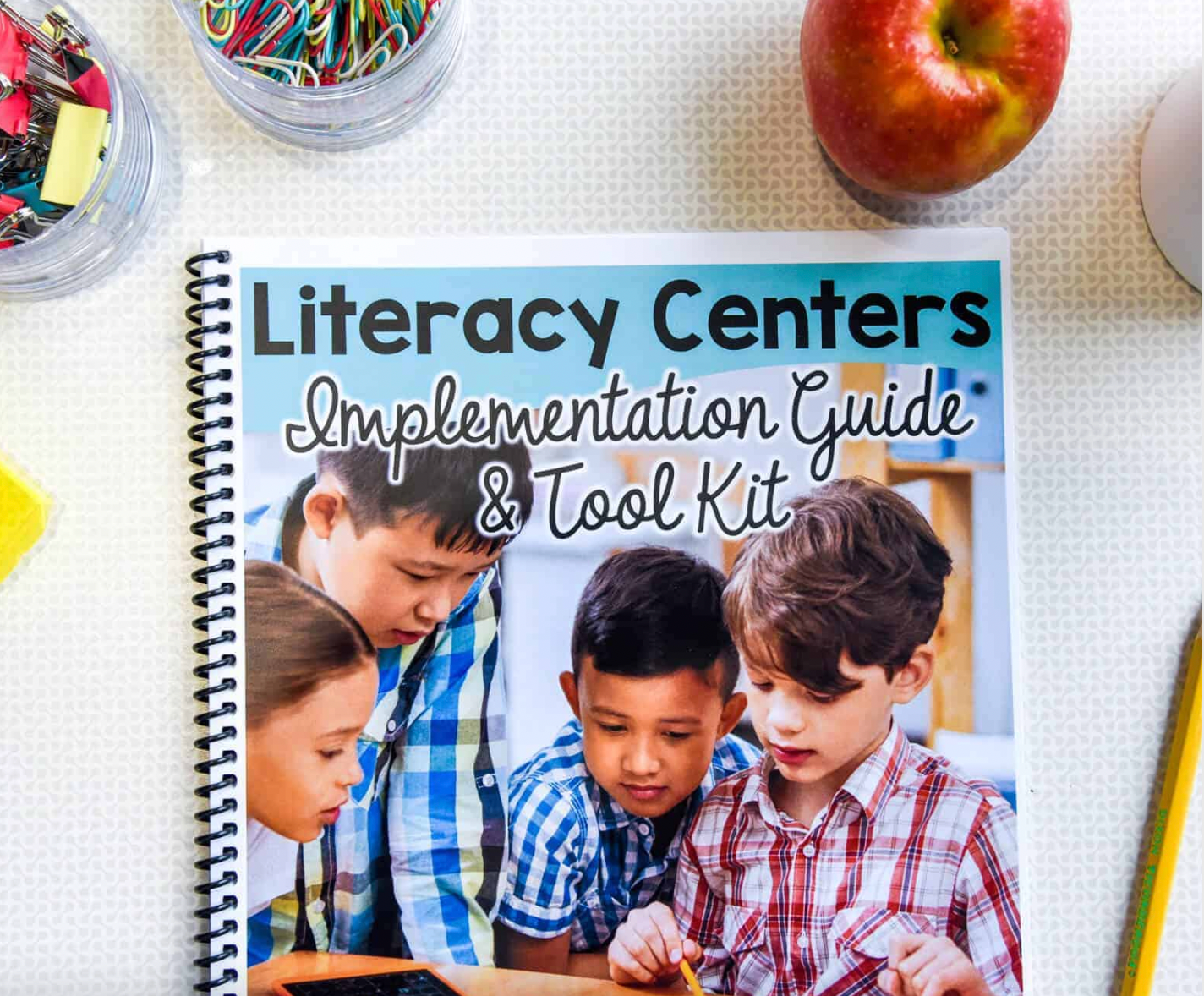
Here are 5 concrete ideas for beginning close reading in your classroom without having to deal with failure.
Don’t call it “annotation”… yet.
I like to refer to close reading it as “looking for clues” and annotating text as “writing about clues” at first. They’ve heard the word clue many times since they began school and they know what it means; don’t scare them away with these unfamiliar words yet. Drop them into the conversation every once in a while in context. You can explicitly teach the words once they are comfortable with the process.
Start small and be explicit.
Choose one thing you want them to find in the text and have them reflect or summarize in the margins. Last week when we were finding evidence of character traits, I had students only look for big character actions. Be explicit and give examples. As the story I told above show, kids don’t do well when you tell them to “go underline important stuff”. If you don’t give them explicit directions at first, they’re going to be overwhelmed with the question, “Am I doing it right?”
After a few months of really focusing their annotations, you can have students begin locating what’s important to them personally. They’ll feel more confident at this point, and the natural close reading begins!
Close read in pairs.
Until my students are comfortable with close reading, I pair them up with a partner. They annotate at the same time and discuss what they wrote. This allows for my advanced students to help my more reluctant readers and writers.
I have my students annotate at the same time in the margin that is closest to them (see header photo).
When students who have a hard time annotating on the text see their partner writing on the page, they become more motivated to do the same. They realize there’s good information for them to find in the passage!
Model close reading.
Use close reading strategies when reading in the other subjects. Think aloud so that your students can hear the self-talk that goes on during close reading.
The more your students see you using this strategy, the more the will remember to do it during their reading!
Students can also model close reading as well. In every one of my classes I have a student that catches on fast. They’re great teachers – use them! Your class is more likely to pay attention when there’s someone different standing up in the front of the class.
Use the annotations daily.
Close reading is to “read with a purpose”. There isn’t much of a purpose in underlining and writing, then recycling your paper [whoops.. turning it in, I mean.]. Have students actually use what they write, or they simply won’t see the purpose in annotating. This connects to what you choose for them to look for in the passage.
Free bookmarks!
There are many ways to use these annotation at the end of your lesson.
- Create an anchor chart of student annotations.
- Use the annotations to infer something.
- Answer a question where they use the annotations and text-based evidence.
- Give an exit ticket that requires them to refer back to their annotations.
If you experience failure in your classroom while trying close reading, don’t give up! It happens to all of us when trying out new ideas. Read the other blog posts I’ve shared about close reading for some examples of successful close reading in my classroom.





Carla @ Comprehension Connection says
This post is one I will send my colleagues to as they dig into Close Reading. I too have made a few errors along the way, and yet, I believe in this strategy for long term reading success. Fabulous post!